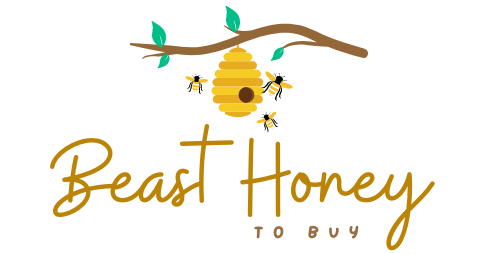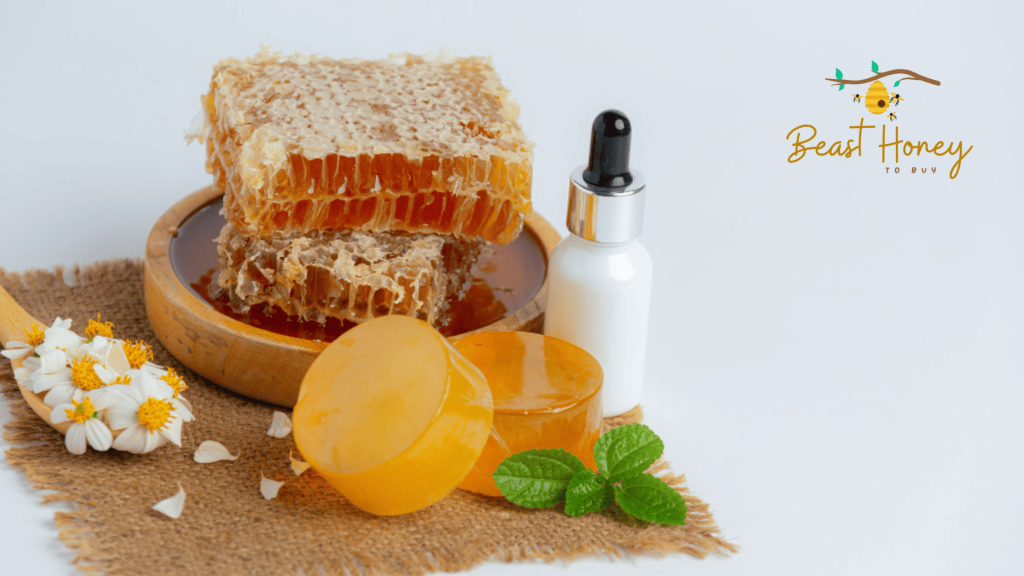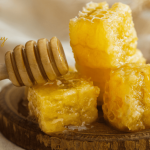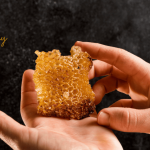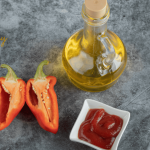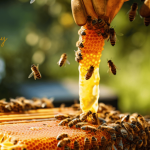Honey isn’t just for tea or toast anymore. It’s making waves in the beauty industry. From skincare to haircare, honey is a star ingredient. Why? It’s natural, versatile, and packed with benefits. This blog post dives into the latest trends and opportunities for honey in beauty products.
Let’s explore why this golden ingredient is buzzing and how it can transform your beauty routine.
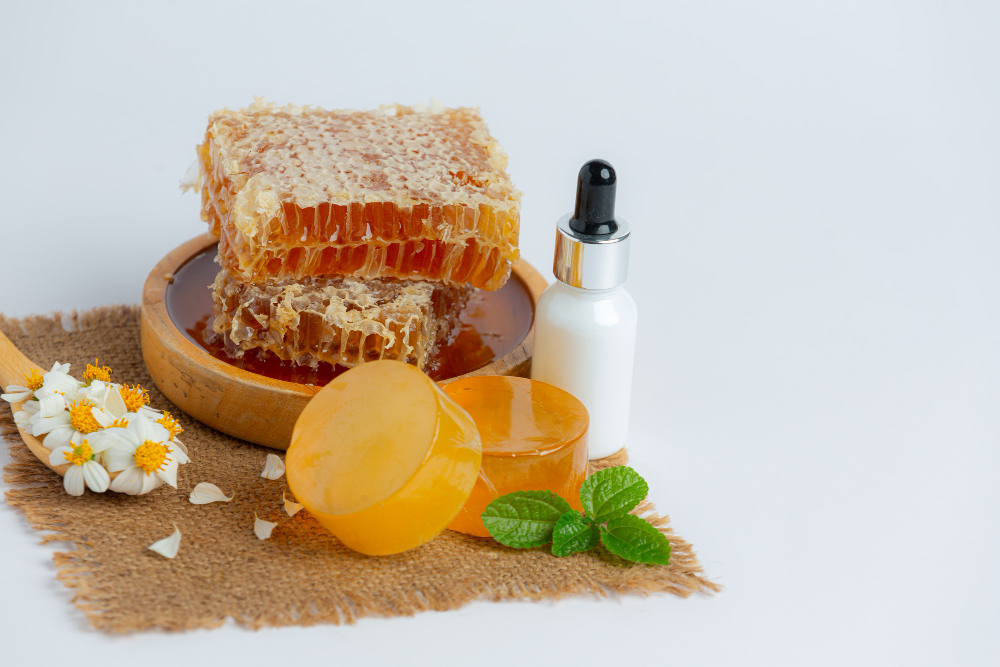
Why Honey is a Beauty Game-Changer
Honey is a natural powerhouse. It’s been used for centuries in traditional remedies. Today, beauty brands are tapping into its magic. Why is honey so special? Let’s break it down.
The Science Behind Honey’s Beauty Benefits
Honey is a natural humectant. This means it draws moisture into the skin. It keeps your skin hydrated and soft. It’s also rich in antioxidants. These fight free radicals that cause aging. Plus, honey has antibacterial properties. This makes it great for acne-prone skin. It’s gentle, soothing, and works for all skin types.
- Hydration: Locks in moisture for plump, dewy skin.
- Anti-aging: Antioxidants reduce wrinkles and fine lines.
- Acne control: Kills bacteria and reduces inflammation.
- Exfoliation: Natural enzymes gently remove dead skin cells.
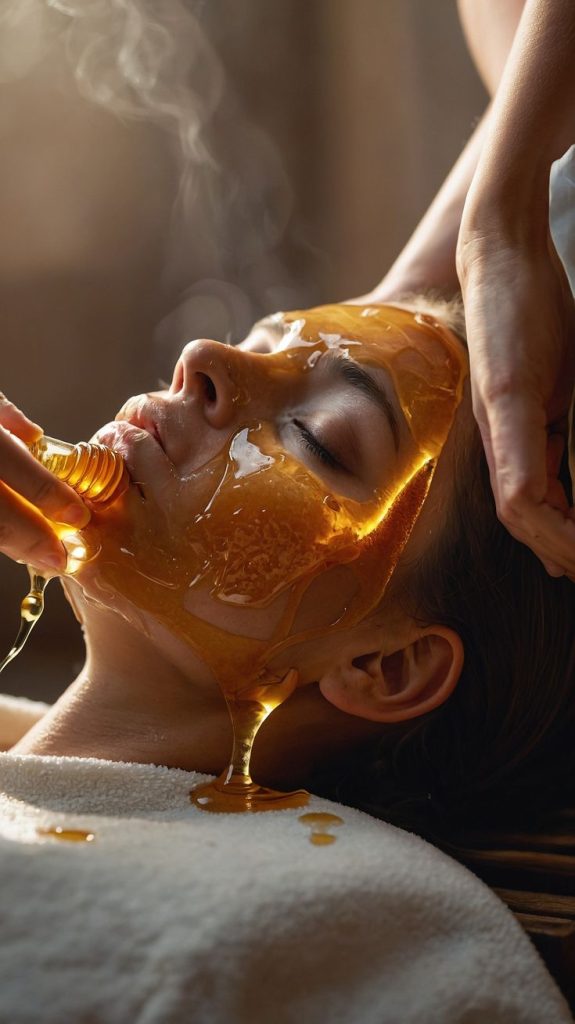
A Sustainable and Natural Choice
Consumers love natural ingredients. Honey fits the bill perfectly. It’s eco-friendly and sustainable. Bees produce it naturally, and ethical sourcing supports pollinators. Brands that use honey appeal to eco-conscious shoppers. It’s a win-win for beauty and the planet.
Top Trends in Honey-Based Beauty Products
The beauty industry is buzzing with honey-infused products. From masks to shampoos, honey is everywhere. Here are the top trends to watch.
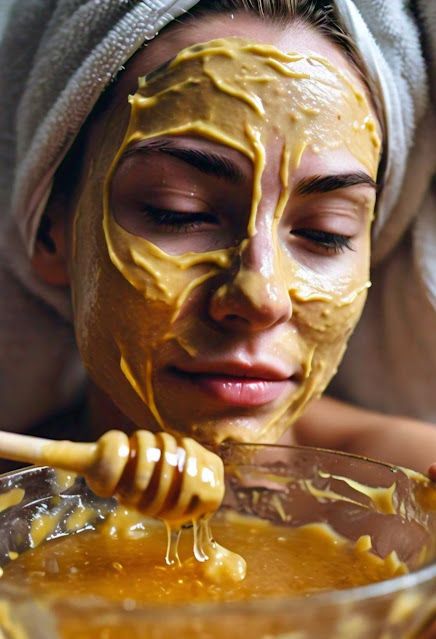
H2: Honey in Skincare Products
Skincare is where honey shines brightest. Brands are adding it to cleansers, masks, and moisturizers. Why? It’s gentle yet effective. Honey-based face masks are a huge hit. They hydrate and calm irritated skin. For example, Burt’s Bees Honey Mask is a fan favorite. It leaves skin glowing and soft.
- Cleansers: Honey cleansers remove dirt without stripping natural oils.
- Masks: Deeply nourish and soothe the skin.
- Serums: Lightweight honey serums boost hydration and glow.
H2: Honey in Haircare
Honey isn’t just for your face. It’s transforming haircare too. Honey-infused shampoos and conditioners add shine and strength. They’re perfect for dry or damaged hair. For instance, Garnier’s Honey Treasures line repairs split ends. Honey’s humectant properties lock in moisture for silky locks.
- Shampoos: Cleanse gently while adding shine.
- Conditioners: Hydrate and repair damaged hair.
- Hair masks: Restore moisture for healthier, stronger hair.
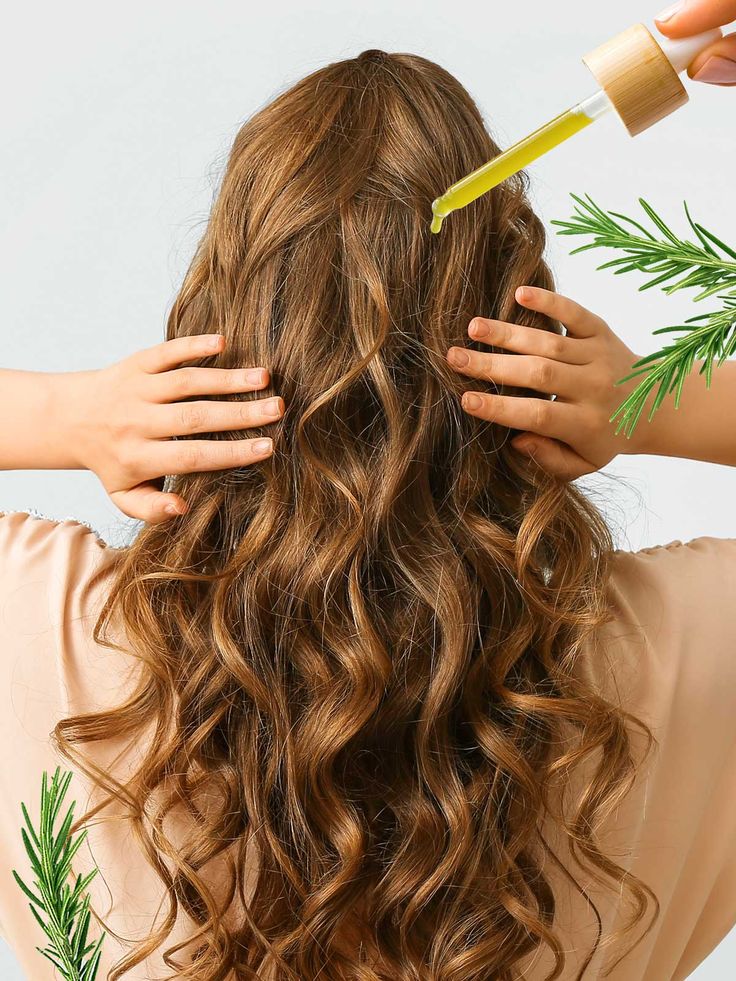
H2: Honey in Lip Care
Chapped lips? Honey to the rescue. Honey-based lip balms are trending. They heal dry lips and keep them soft. Many brands, like Fresh Sugar Honey Lip Balm, combine honey with nourishing oils. The result? Smooth, kissable lips.
- Lip balms: Heal and moisturize cracked lips.
- Lip scrubs: Exfoliate with honey and sugar for soft lips.
H2: Honey in Clean Beauty
Clean beauty is booming. Consumers want products free of harsh chemicals. Honey is a natural fit. It’s pure, safe, and effective. Brands like Farmacy use raw honey in their products. Their Honey Potion Mask is a cult favorite. It’s proof that natural ingredients can deliver results.
Opportunities for Brands in the Honey Beauty Market
The demand for honey-based products is growing. This creates exciting opportunities for beauty brands. Let’s look at how companies can tap into this trend.
H2: Innovating with Honey Blends
Brands can stand out by blending honey with other natural ingredients. Think aloe vera, chamomile, or turmeric. These combinations enhance honey’s benefits. For example, a honey-turmeric mask can brighten skin while reducing acne. Innovation keeps brands ahead of the curve.
- Honey + Aloe: Soothes sensitive skin.
- Honey + Turmeric: Fights acne and brightens complexion.
- Honey + Oatmeal: Exfoliates and calms irritation.
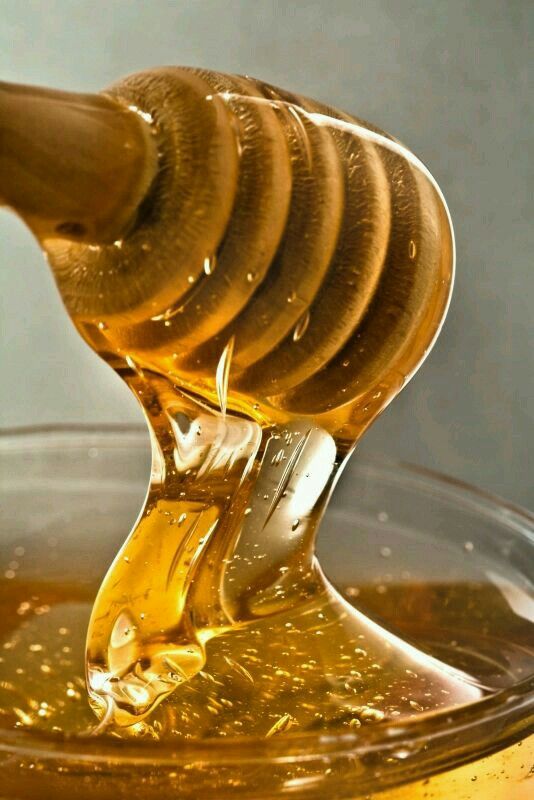
H2: Targeting the Eco-Conscious Consumer
Sustainability is key in today’s market. Brands can highlight ethical honey sourcing. Partnering with local beekeepers or using organic honey builds trust. Packaging matters too. Eco-friendly, biodegradable packaging appeals to green shoppers. Brands like Lush do this well with their honey-based products.
H2: Expanding into DIY Beauty
DIY beauty is trending. Consumers love making their own masks and scrubs. Brands can offer honey-based DIY kits. These could include raw honey, essential oils, and recipes. It’s a fun way to engage customers. Plus, it builds brand loyalty.
H2: Leveraging Social Media Trends
Social media drives beauty trends. TikTok and Instagram are full of honey-based beauty hacks. Brands can create viral content to showcase their products. For example, a video showing a honey mask in action can attract millions of views. Partnering with influencers amplifies reach.

How to Use Honey in Your Beauty Routine
Want to try honey at home? It’s easy and affordable. Here are some simple ways to add honey to your routine.
H2: DIY Honey Face Mask
A honey face mask is a quick fix for dull skin. Mix two tablespoons of raw honey with a teaspoon of lemon juice. Apply to your face and leave for 15 minutes. Rinse with warm water. Your skin will feel soft and radiant.
H2: Honey Hair Treatment
Dry hair? Try a honey hair mask. Mix one tablespoon of honey with two tablespoons of coconut oil. Apply to damp hair and leave for 20 minutes. Rinse thoroughly. Your hair will be shiny and hydrated.
H2: Honey Lip Scrub
For smooth lips, make a honey scrub. Mix one teaspoon of honey with one teaspoon of sugar. Gently massage onto your lips. Rinse off and apply a lip balm. It’s a game-changer for dry, flaky lips.
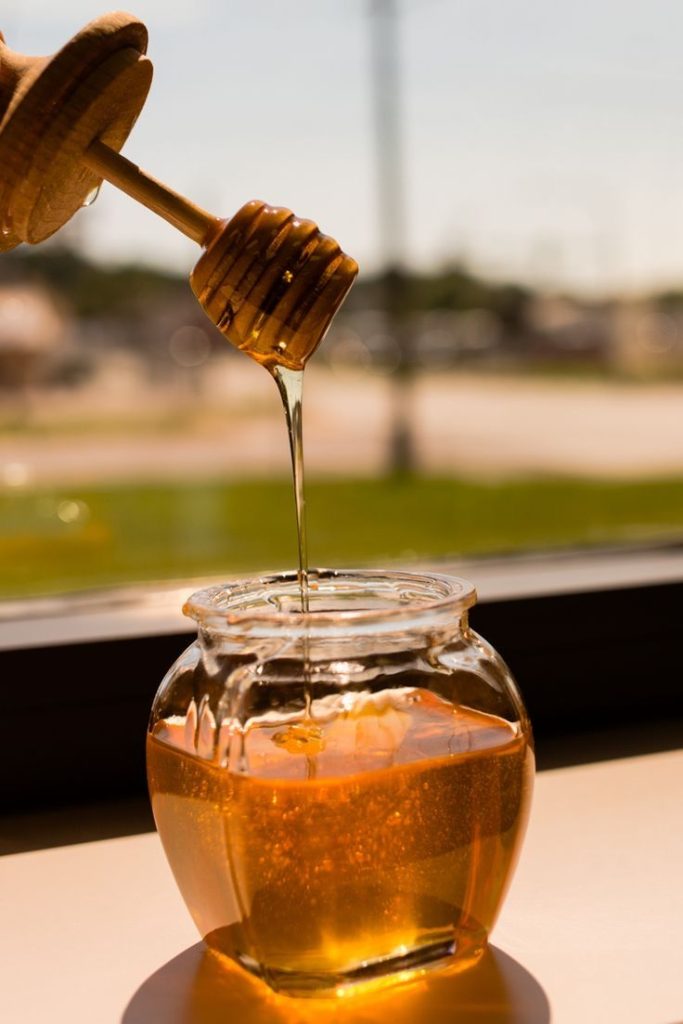
Challenges in the Honey Beauty Market
While honey is a star ingredient, there are challenges. Brands need to navigate these to succeed.
H2: Sourcing Quality Honey
Not all honey is equal. Raw, organic honey is best for beauty products. But it can be expensive. Brands must balance cost with quality. Transparent sourcing builds consumer trust.
H2: Allergies and Sensitivities
Some people are allergic to honey. Brands need to clearly label products. Offering patch tests or sample sizes can help. This ensures customers feel safe trying honey-based products.
H2: Competition in the Market
The beauty industry is crowded. Many brands are jumping on the honey trend. Standing out requires innovation. Unique formulations and strong branding are key.
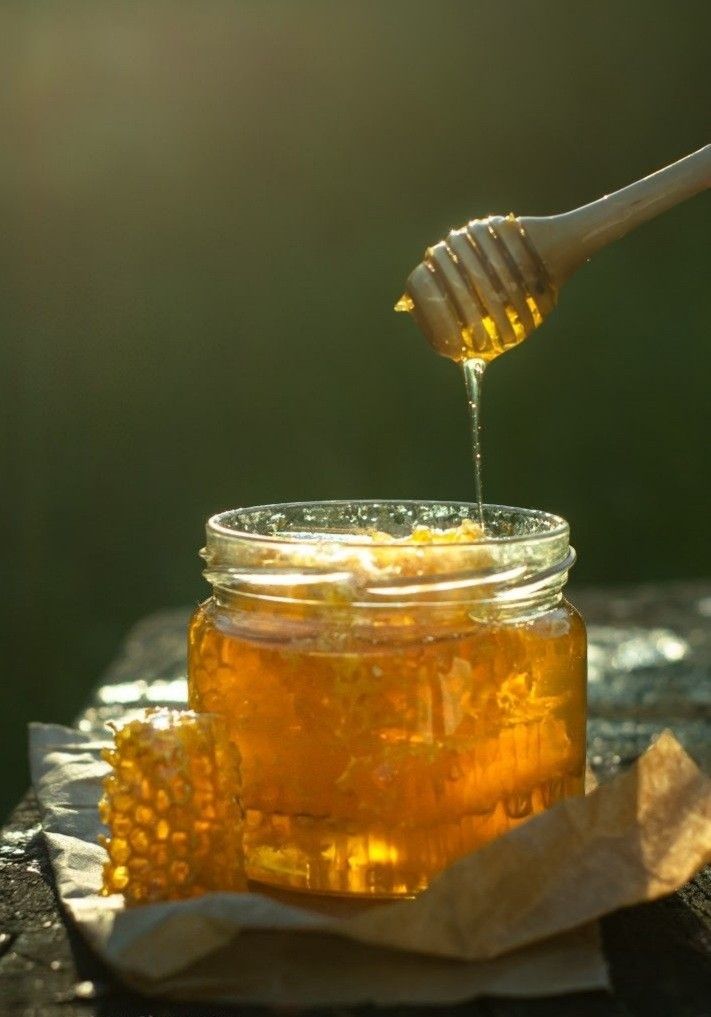
The Future of Honey in Beauty
The future looks bright for honey in beauty. Consumers are seeking natural, sustainable products. Honey fits perfectly. Expect to see more honey-infused products in 2025 and beyond. From high-end serums to affordable masks, honey is here to stay.
- Personalized products: Honey-based skincare tailored to skin types.
- Tech-driven beauty: Apps recommending honey products based on skin needs.
- Global inspiration: Honey blends inspired by cultural beauty rituals.
Why You Should Try Honey-Based Beauty Products
Honey is more than a sweet treat. It’s a beauty essential. Its natural benefits make it a must-have. Whether you buy a honey mask or make one at home, you’ll see results. Your skin and hair will thank you. Plus, you’re supporting a sustainable ingredient. What’s not to love?
Ready to glow?
Try a honey-based product today. Share your favorite honey beauty tips in the comments. Let’s keep the buzz going!
